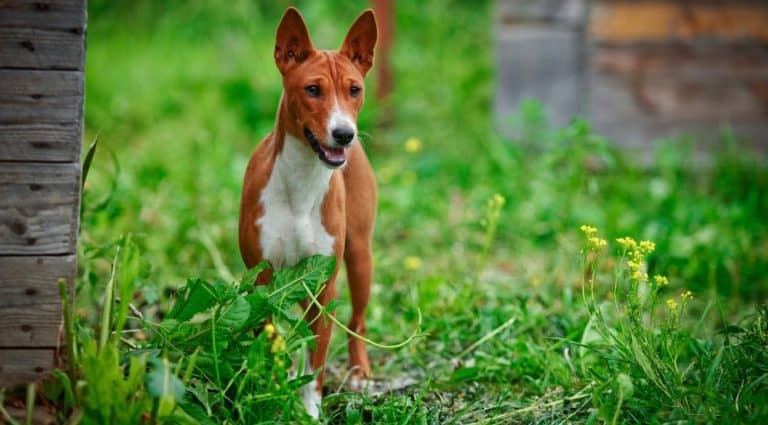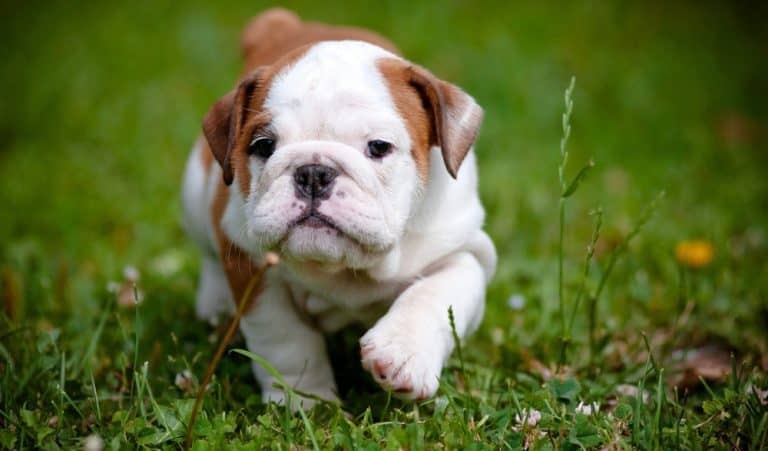Schnoodle Growth Chart (Weight & Size Chart) – How Big Do Schnoodles Get?
If you are looking into adopting a Schnoodle, as in a mix between a Schnauzer and a Poodle, it is really important to know what you can expect as far as the size of your dog goes.
There are a few different sources you can look to for guidance.
To begin with, consulting with a Schnoodle growth chart will give you an easy way to see where your dog is on the growth curve. You can also look at your dog’s lineage for some hints at his final adult size.
Beyond knowing how big your dog will be, you need to know what impacts size and what you can do about it.
When Is A Schnoodle Full Grown?
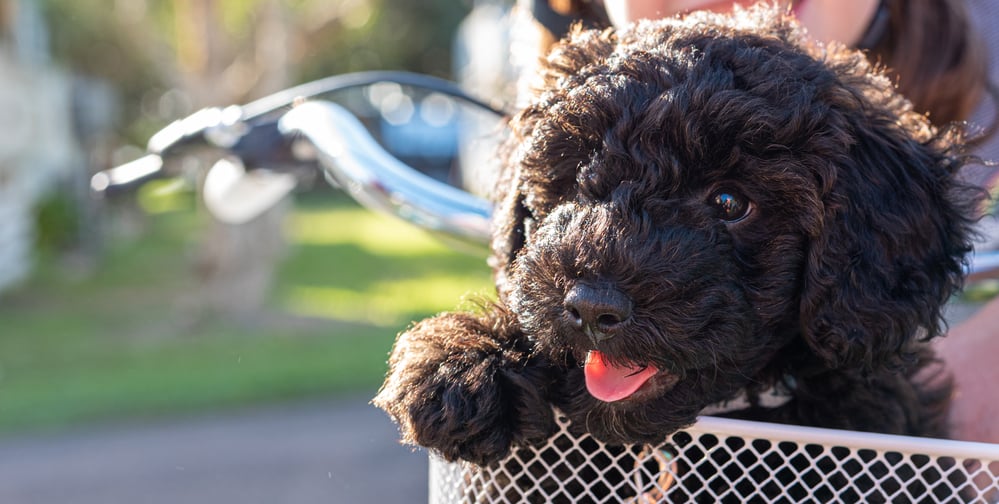
While it might seem like an easy question, it is not straight forward to when a Schnoodle is considered fully grown. The issue is that a Schnoodle is a deliberate mixed breed, so it will not be as predictable as purebred dogs.
With a purebred, you know already how much of the breed the dog is. When it comes to a mix, you don’t know how much of each breed the dog will favour.
Another issue is what type of Poodle and what kind of Schnauzer you are dealing with. A Standard Poodle is large, so if your Schnoodle is made up of a Standard Poodle, it will be bigger. If you are looking at Toy Poodles, the dog will be smaller.
If you are looking at a smaller Schnoodle, you can expect him to be fully grown between 6 and 12 months. If you have a larger Schnoodle, you it could take as much as 2 years for the dog to finish growing.
Schnoodle Size Chart
Toy Schnoodle Weight
A Toy Schnoodle is a mix of a Mini Schnauzer and Mini Poodle. When using a weight chart for a Toy Schnoodle, you will need to remember not to compare the Schnoodle to other sizes of Schnoodle.
If you follow your dog’s age and match it to his weight, you should be able to see where he is on his growth curve. An adult Toy Schnoodle is between 10 and 12 inches in height and 6 and 10 pounds in weight.
Mini Schnoodle Size Weight
Mini Schnoodle’s are also very small. They are a cross between a Mini Schnauzer and a Mini Poodle.
If you look at the weight chart for a Mini Schnoodle, you should see that their average adult size is between 12 and 15 inches in height and between 13 to 20 pounds in weight.
If you have a puppy, you can use a Mini Schnoodle weight chart to have a better idea of your pup’s final size.
Standard Schnoodle Weight
A Standard Schnoodle is between 15 and 27 inches tall and 30 to 75 pounds in weight. The wide range is because a Standard Schnoodle is a mix between Standard Schnauzer and Standard Poodle, both of which vary in size in purebreds.
It is harder to get a good idea on averages with a growth chart for a Standard Schnoodle, so pay more attention to whether your pup is on his own growth curve.
Giant Schnoodle Weight
The final type of Schnoodle that has its own growth chart is the Giant Schnoodle. This is a mix between a Giant Schnauzer and a Standard Poodle.
They are the largest of the Schnoodles as well, with an average adult weight between 50 and 110 pounds. As is the case with the Standard Schnoodle, it is better to use the growth chart to monitor your pup’s growth according to his own curve.
Schnoodle Weight Chart
| Size | Average Weight (lbs) | Average Height | Full Grown |
|---|---|---|---|
| Toy Schnoodle | 8 - 15 lbs | 10 - 12 inch | 6 months |
| Mini Schnoodle | 15 - 30 lbs | 13 - 15 inch | 10 months |
| Standard Schnoodle | 30 - 45 lbs | 17 - 22 inch | 12 months |
| Giant Schnoodle | 45 - 85 lbs | 22 - 25 inch | 18 months |
How Big Do Schnoodles Get?
There are a few things that you can do to get a good idea about how big your Schnoodle will get. You can consult with a weight chart first, but that can be tricky with Schnoodles. You can also look at your dog’s parents and see what size they are.
Looking at how much more growing a dog has in order to fill them out is a more traditional method, while a DNA test is a more modern solution. There is still one other way to handle it.
Because Schnoodles are a mixed breed, you can look at the generational breeding of the dog, as long as you have bought him from a breeder.
They are usually coded with F1, F1B, F1BB, F2, F2B, or F2BB. F1 Schnoodles are 50% Poodle and 50% Schnauzer. F1Bs come from breeding an F1 with a Poodle, making them 75% Poodle and 25% Schnauzer.
F2s happen when two Schnoodles are bred together, so the dog is still technically 50% Poodle, 50% Schnauzer, but it starts to get tricky, with the dogs picking up more traits from one or the other breed.
The higher the number, the less expensive the dog is. Knowing the makeup of your dog will let you know how big he will get.
Schnoodle Growth Chart – What To Expect
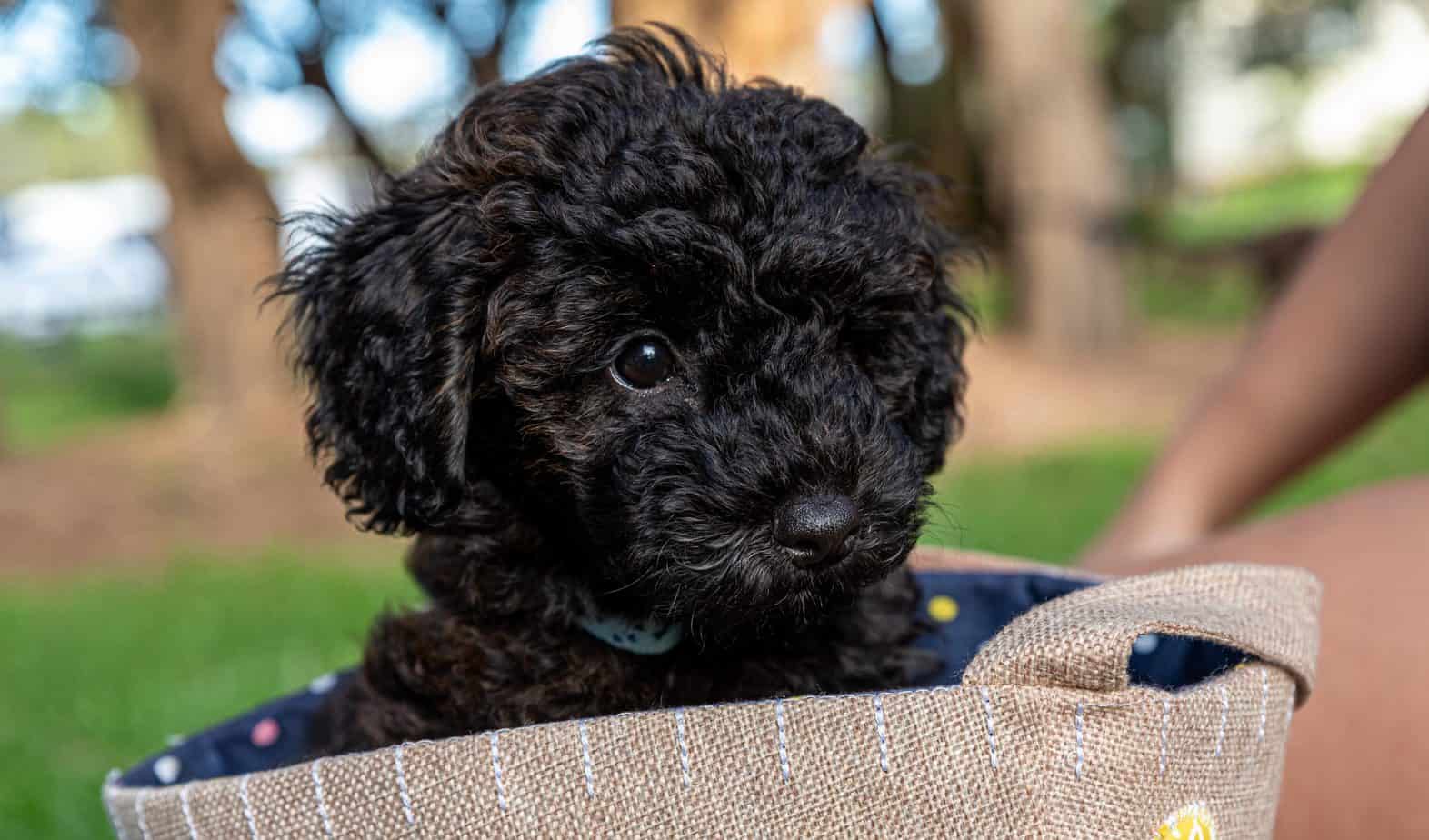
Birth – 2 Weeks
When a Schnoodle puppy is born, his size will depend on the type of Schnoodle he is and the size of the litter. When there are a lot of pups in a litter, the puppies will naturally be smaller.
The puppies will be entirely reliant on their mom at this point. She will feed them and care for them. Their eyes won’t even be open right away, so you don’t have to worry about them getting into trouble.
3 Weeks – 12 Weeks
There is a lot of growth that happens between 3 weeks and 12 weeks of age. Not only will the puppies begin to move about and open their eyes, but between 6 and 8 weeks, the puppies will wean from their mother’s milk, switching strictly to puppy kibble.
Puppies are usually rehomed away from their mother between 8 and 12 weeks of age as well. They will still sleep a lot, but their stamina will increase.
4 Months – 6 Months
When a Schnoodle puppy is between 4 and 6 months old, you should aim to give your puppy three meals a day. It is really important to keep your puppy on a steady feeding schedule so that he gets all of the calories that he needs to make up for the energy he is burning.
This is a great age to start training your puppy as well, because he should be vaccinated well enough to take places.
7 Months – 9 Months
Some Schnoodles are already full grown by the time that they reach 7 months old and others will be full grown by 9 months.
The largest Schnoodles will not be fully grown at this point. You can reduce meals down to twice a day at this age. You should stick with puppy kibble until they are a year old, however. Puppies should be housebroken by the time they reach this age.
10 Months – 12 Month
Most Schnoodles will be at their final adult height between 10 and 12 months old. Some large breeds do take a little bit longer to finish filling out, but that depends which type of Schnoodle you have.
It is around this age that you will be able to safely spay or neuter your pup as well. Remember pups at this age are still puppies and even if they are done growing, their behaviour will still be puppy-like.
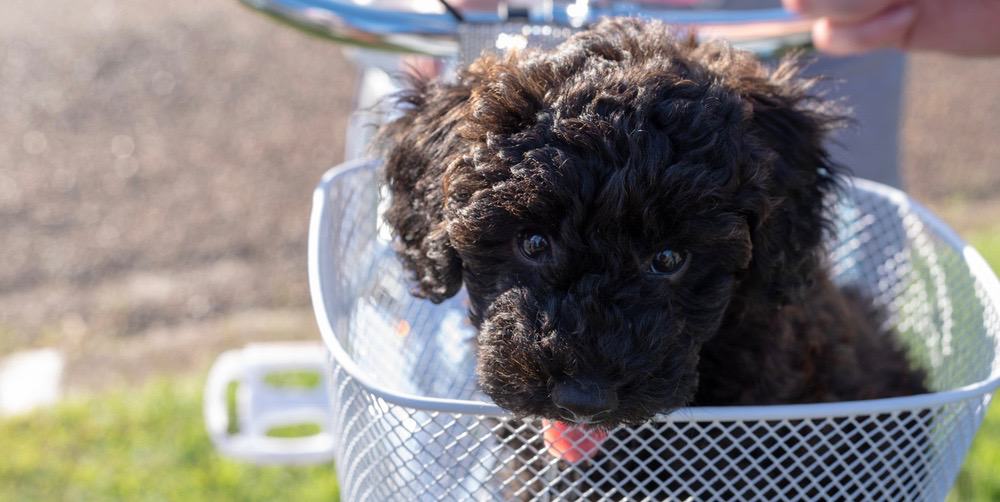
Adult
All types of Schnoodles are fully grown by 18 months at the most. This is because some Schnoodles have Standard Poodles which are a larger breed and will take longer to reach their final size.
When your dog is an adult, then you can switch him to the adult dog food. Also remember to keep up with routine vet visits to make sure that your dog is growing well and to prevent any health conditions.
Will Neutering/Spaying My Schnoodle Affect His Growth?
Spaying or neutering your puppy is a common practice. It is a great way to ensure that your dog does not run off, does not become pregnant accidentally (or get another dog pregnant), and it can stave off health issues. But, timing of the surgery has become more noteworthy.
While the surgery will not stunt a puppy’s growth, it can harm the dog’s joints. Waiting until the dog has finished growing before spaying or neutering him can prevent joint conditions that will affect his movement later in life.
If your dog is at risk of pregnancy, ask your vet whether you should have it done sooner.
Factors That Affect Schnoodle Puppy Growth
Genetics & Gender
The biggest factor that affects Schnoodle puppy growth is genetics. If the Schnoodle is a mix of a large Poodle and large Schnauzer, the pup will be big.
Likewise, toy breeds will create more toy breeds. Schnoodles are tricky to guess because they are a mix, but generally looking at the dog’s parents will tell you want to expect.
Gender can also be a factor, especially with the larger dogs. Female dogs have a tendency to be smaller than male dogs. The difference is much more noticeable with large Schnoodles, but the size difference in toy breeds between genders is pretty slight.
Nutrition
Despite the common belief, poor nutrition will not stunt your dog’s growth. Your dog is likely going to be the same height no matter what you do.
But, weight-wise, nutrition is huge. If your Schnoodle puppy is overweight, he is going to have too much pressure on his growing joints, causing mobility issues as he gets older. Nutrition also affects his growth on the inside of his body, so keep your pup as healthy as possible.
Physical Activity & Health
Just like with nutrition, physical activity and health is not likely to stunt your dog’s growth. If your dog is not physically active, he will become less and less mobile, adding on extra weight with ease.
Health might stunt growth if it is very poor and his bones are not strong enough to grow properly, but this can be mitigated with routine vet visits. Just keep walking your dog and playing with him.
How To Properly Weigh And Measure A Schnoodle?
If you are looking at the Schnoodle growth chart and thinking that you cannot use it, because you do not know how big your dog is, there are solutions.
If you have a small Schnoodle, you can weigh your pup at home. You do this by weighing yourself first and writing it down.Then, weigh yourself again while holding the dog. The difference in weights is your dog’s weight. You should do this weekly as your dog is growing.
In the event that you have a larger Schnoodle, you can still try to weigh him at home, but it might be easier to either get a large dog scale, or simply take your pup into the vet for weight checks.
Schnoodle Body Condition Score (BCS)
One way of checking to make sure that your dog is a healthy weight is to review his Body Condition Score (BCS). This is an easy scale to follow using touch and visual clues to determine your dog’s weight.
The scale goes from a 1 to 9. 1 on the scale is the lowest score, it means the dog is severely underweight, his ribs are poking well out, and he is emaciated. On the other end, a 9 means the dog is severely obese with no visible waist.
5 is the ideal score, where the ribs can easily be felt and a waist can be seen.
What If My Schnoodle Is Not The Right Weight
If you have reviewed your dog’s BCS and decided that your dog is not the right weight, there are some steps that you can take to help your dog get to a healthy weight. It is a good idea to confirm with your vet that there is not any underlying condition causing the weight concern before you do anything.
If your dog is underweight, monitor whether your dog is eating his food. If he is picky, it might be time to add a little bit of wet food to the dry food for calories. You can also always change foods.
In the event that your dog is overweight, make sure that he is not getting table scraps, extra treats, and that his food is appropriate for his needs. Rather than cut down a lot on his meals, increase his exercise time and make sure his food is healthy.
Schnoodle Genetics And Common Health Problems
Like all breeds, Schnoodles are more likely to develop certain health conditions than others. Knowing what kinds of genetic health conditions are waiting for you will help you plan for your dog’s care. Common issues include:
Hip and elbow dysplasia: This is where the hip and elbow joints do not form correctly, causing mobility problems in the future.
Epilepsy: This is a neurological condition that can be treated with medications.
Diabetes: Blood sugar conditions can also be treated with certain medications.
Eye disorders: There are a lot of different eye diseases your dog could develop. Most of them do not have a cure and run the risk of blindness.


